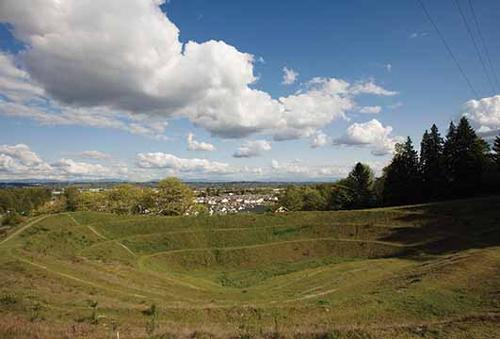
... for no exhibition is perfect, even one on Vermeer.
Jennifer Phipps, 1991
The recent death of Jennifer Phipps made little impact in mainstream media, yet over the last four decades her rigorous, yet unfettered, intellect and discernment enriched all aspects of Australian visual culture: heritage to contemporary, settler and Indigenous, Asian, Oceanic, Asia-Pacific, folk and outsider arts, moving image and music and visual arts collaborations. Alongside industry-defining curatorial projects at the National Gallery of Victoria and the State Library of Victoria from the 1970s to the 1990s, she curated significant exhibitions at the George Paton Gallery, Australian Centre for Contemporary Art, Monash University Gallery and Heide Museum of Modern Art, as well as art spaces in regional Victoria, across Australia, Europe, North America and Asia. She assessed avant garde and experimental moving image proposals for the Australian Film Commission, evaluated tertiary art school curricula in official reviews and served on the board of two major Victorian art institutions, the Centre for Contemporary Photography and Arts Projects Australia; her involvement with the latter demonstrated the strong social conscience she brought to curating, especially in her later freelance years.
Jennifer's commitment to literal public service for the general good and her belief in ideas and ethics as driving authorities for culture reflects her Catholic upbringing in an era of Catholic Social Action (her father was involved with the founding of the Democratic Labor Party) even if she soon jettisoned Christian theology. Irish-Australia in her parents’ iteration emphasised cosmopolitan, intellectual achievement rather than pious repression or folksy nostalgia. Her singular mind firstly manifested via a theatrical bent. She was a fan of the Goons and the young Barry Humphries, and was renowned for imitations of Queen Elizabeth II. The art of New Guinea was an ongoing focus from the time she had worked as a librarian in Bulolo, New Guinea in 1967. And, after retiring from the National Gallery of Victoria in 2005, she devoted much energy to politics and culture in East Timor. Demonstrating her interest in settler Australia’s vernacular arts, she selected a 'tyre swan' as the centrepiece of her ground-breaking exhibition Backyards and Beyond, 1990, at the State Library of Victoria which overviewed suburban imagery in Australian culture.
After an art history and English double major at the University of Melbourne, Jennifer joined the National Gallery of Victoria as assistant curator of decorative arts in 1969 and later worked closely with Brian Finemore. Following his violent death in 1975, she inherited his responsibilities as the first appointed curator of Australian art at the Gallery and co-edited a collection of his essays. In the 1990s she worked on special projects and managed four exhibition spaces at the gallery, although she spent time from 1988 onwards on secondment to the State Library of Victoria where her expansive vision augmented its exhibition program. Forays into commercial art publishing were a natural extension. She co-edited Art and Australia 1988-89, and from 1986 was commissioning editor for art titles at Bay Books. Alongside writing for catalogues, she published in scholarly journals such as the Art Bulletin of Victoria and produced a major article on Marina Abramovic for Art & Text. Women artists were a consistent interest and her 1994 survey of women artists in the National Gallery of Victoria, Creators and Inventors, was revolutionary in terms of the institution’s norms. Specially commissioned installations by Narelle Jubelin and Rosslynd Piggott interacted with the NGV collections. She advocated the acquisition of works by women to fill in gaps in the holdings. She also shaped the international appreciation of Australian art, writing the catalogue for the first historic survey of Australian art in Germany, 1987, and was part of the curatorium for a 1983 overview of contemporary Australian art in Tokyo. By the new millennium, she loathed the growing mediatisation of the fine arts and the tendency towards lucrative infotainment in public gallery programming. Contemporary classical, i.e. non-commercial music and sound installations such as della Laguna co-curated with Ross Hazeldine for the 1997 Sydney Festival, offered a more congenial and uncompromised vision, and she moved increasingly into those genres, again demonstrating her wide knowledge and intellectual versatility.
Beyond her professional activities, she erased most traces of her emotional life from the public record. However if her public/private divide is archaic in the era of the Kardashians, her personally driven vision of responsible and enterprising art curatorship in direct conversation with cutting-edge artists is now the industry norm. Jennifer chose to forge such a paradigm when curating and art history retained a distinct and tenacious Europhile Sloane Square, Viennese or Ivy League lustre in Australian practice. True to both her feminism and her advocacy of third world social and economic agency, her will left instructions for a funding body to assist women artists in the Asia Pacific.












